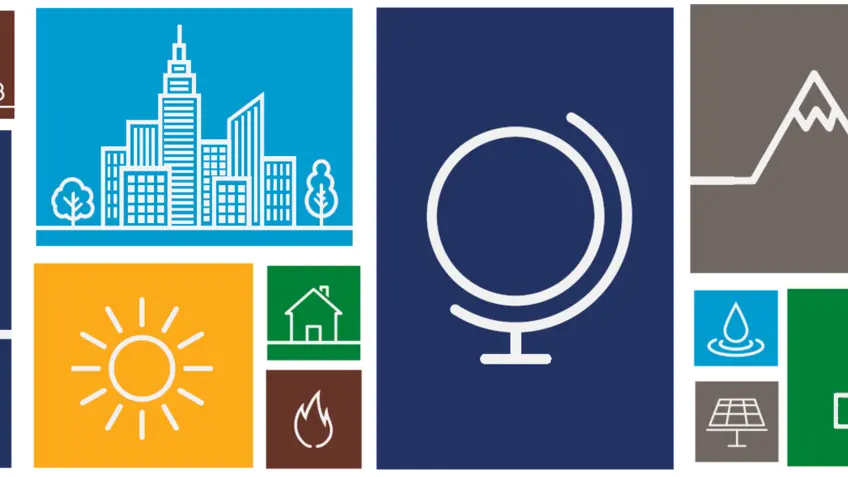Partnership in Action 2019: Lessons from the Climate Action Frontline
Since the NDC Partnership was launched in 2016 at COP22, it has grown tremendously, and now has over 160 members including over half of the world’s countries, 37 international institutions, and 26 associate members.
In these three short years, the Partnership’s strong network has had a remarkable impact. The Partnership is actively engaged in over 70 member countries and is supporting governments in mainstreaming climate action into domestic sustainable development agendas, enhancing countries’ climate ambition, and mobilizing finance for the transition to low-carbon, climate-resilient economies.
Through its global and expansive work, the Partnership has created a collection of good practices. These stories have been compiled in three Partnership in Action annual reports, with the latest one launched at COP25 in Madrid with participation of high-level representatives from the European Commission, Ethiopia, Germany, Namibia, Norway, the Republic of the Marshall Islands, and Zimbabwe.
The Partnership in Action 2019 is a year-in-review that showcases the Partnership’s achievements and shares information and findings that can be applied to climate action around the world. These hopeful and compelling stories are housed within three main themes: integrating development and climate action, scaling climate action, and financing climate action.
Partnership members are integrating development and climate action, and governments are using NDCs as roadmaps to embed climate, social, and economic planning across ministries, sectors and budgets. The Partnership in Action 2019 highlights examples such as the Dominican Republic linking climate action to its SDGs, Uganda mainstreaming climate action in its Third National Development Plan, how Jordan spurring resilient and low-carbon development, and how Mozambique has developed a Five-Year Climate Action Plan.
Through the Partnership, member countries are scaling climate action and are also in the process of updating and communicating their national plans to mitigate carbon emissions and adapt to climate changes for 2020. Honduras is pursuing greater ambition through its NDC Roadmap, Costa Rica is rolling out a world-leading climate neutrality plan, Zimbabwe is expanding its climate action and low-emission development, Namibia is prioritizing water in its 2020 Climate Plan, and Grenada and Jamaica are embracing low-carbon development plans.
Partnership countries are also financing climate action through actions such as pledging to accelerate or expand climate commitments and expanding current climate finance. For example, Côte d’Ivoire is focusing on its transition from coal to renewable energy and Mali is mainstreaming climate finance into the national budget. São Tomé and Principe is working to mobilize support to protect coastal communities and build resilient transport and energy networks, while the Republic of the Marshall Islands is setting out to implement a net-zero climate strategy. And in 2019 Saint Lucia committed USD 23 Million in domestic funding for NDC implementation as its Cabinet approved its NDC Partnership Plan.
Other key NDC Partnership successes can be found interspersed throughout the report, including the Partnership’s promotion of equal voices through its work on gender and newly-launched Gender Strategy, and a spotlight on the Partnership’s Climate Action Enhancement Package (CAEP), a fast-track support mechanism for raising climate ambition.
We invite you to explore this report and learn how countries are implementing effective, on-the-ground climate action and sustainable development. It is our hope that the stories from the Partnership in Action will inspire the climate change community to implement more ambitious climate action in the run-up to COP26 and that the lessons shared in the report can support countries’ efforts to raise ambition and enhance their NDCs in 2020.
The Partnership in Action report can be read in its entirety here. Find the Partnership in Action 2018 report here, and the Partnership in Action 2017 report here.
